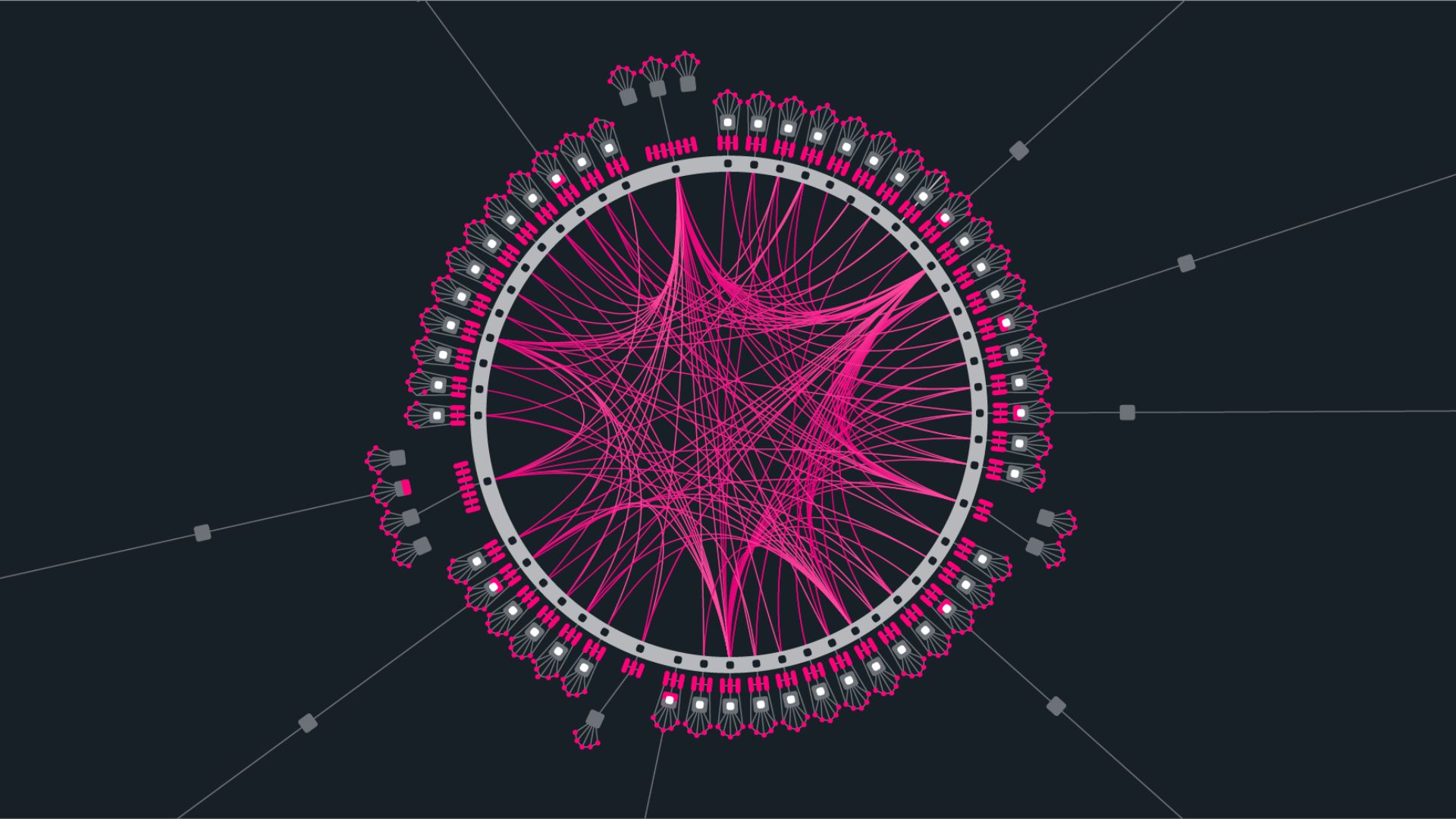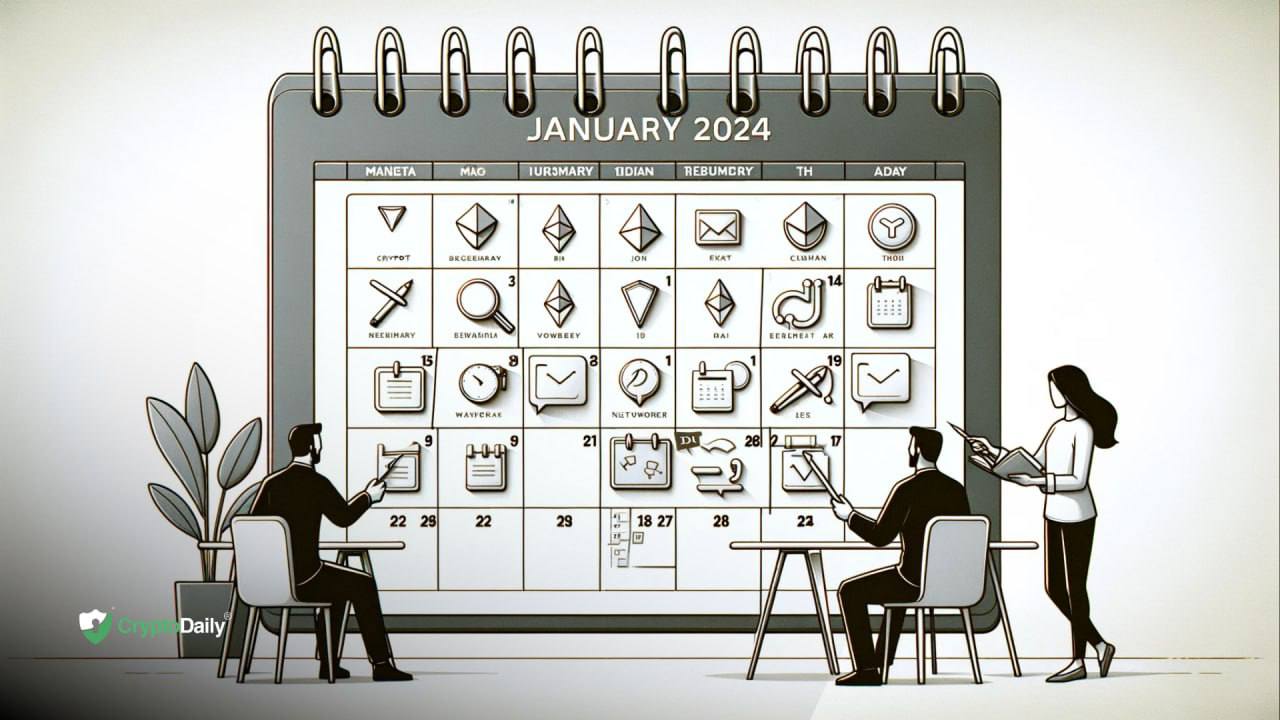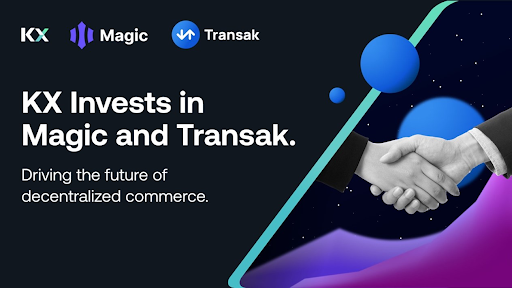Table of Contents
The new generation public blockchain, KCC, recently launched its cross-chain KCC bridge. The bridge would allow other chains’ native tokens to circulate and transact interchangeably. Initially, it will support stablecoins such as USDT and USDC to move from Ethereum to KCC. When the movement of the assets is towards KCC, the users will not incur any gas fees. For other chains, the gas fee will apply.
What is KCC?
KCC has been developed by the KCS and KuCoin fan communities. As a decentralized high-performance public chain, its strengths lays in its high throughput, low latency, reduced transaction costs, and enhanced security and stability.
The mainnet launch of the chain happened on June 16th, 2021. The vision behind developing the chain was to help users with a blockchain service that would be high-speed, low-cost, and convenient. The chain received immediate traction, with its block height exceeding 1.2 million. Currency holders' addresses reached a mark of 25,000, while the average block time stayed under the level of 3 seconds.
The community did not stop at developing the chain. In its effort to strengthen the ecosystem, it introduced KCC public chain grants. The purpose of these grants, launched on June 18th, 2021, is to empower developers worldwide to come up with tools and Dapps on KCC.
As a next step to the ongoing development process, the chain is recruiting expert ambassadors with experience in technology and marketing. The role of these developers would be to accelerate the growth of the system.
To make KCC’s on-chain processing power and performance, the community leverages the PoSA consensus mechanism, the Proof-of-Staked-Authority. The KCS holders also get their on-chain gas fees reduced.
Scalability remains a point of concern for the crypto industry and the performance of public chains often fails to match up with the requirements of scalability. It is where the KCC bridge plays a crucial role.
The Role of KCC Bridge
Many public chains, such as Ethereum and Polygon, suffer from interaction and interoperability bottlenecks. The pre-bridge world architecture has limited capabilities in terms of asset transfer and user experience. The independent chain crypto-assets can not access free migration. This lack of interoperability is what hinders the crypto industry’s development.
KCC bridge would offer connectivity solutions to networks hailing from different protocols, rules, and governance models. It will facilitate the seamless movement of data and assets. With one click, the users can freely circulate currencies across their native networks and the KCC blockchain.
With all these capability additions, KCC wants to transform into a system that would encourage faster speed for transaction confirmation and improved performance at a low rate of transaction fees.
Disclaimer: This article is provided for informational purposes only. It is not offered or intended to be used as legal, tax, investment, financial, or other advice.













